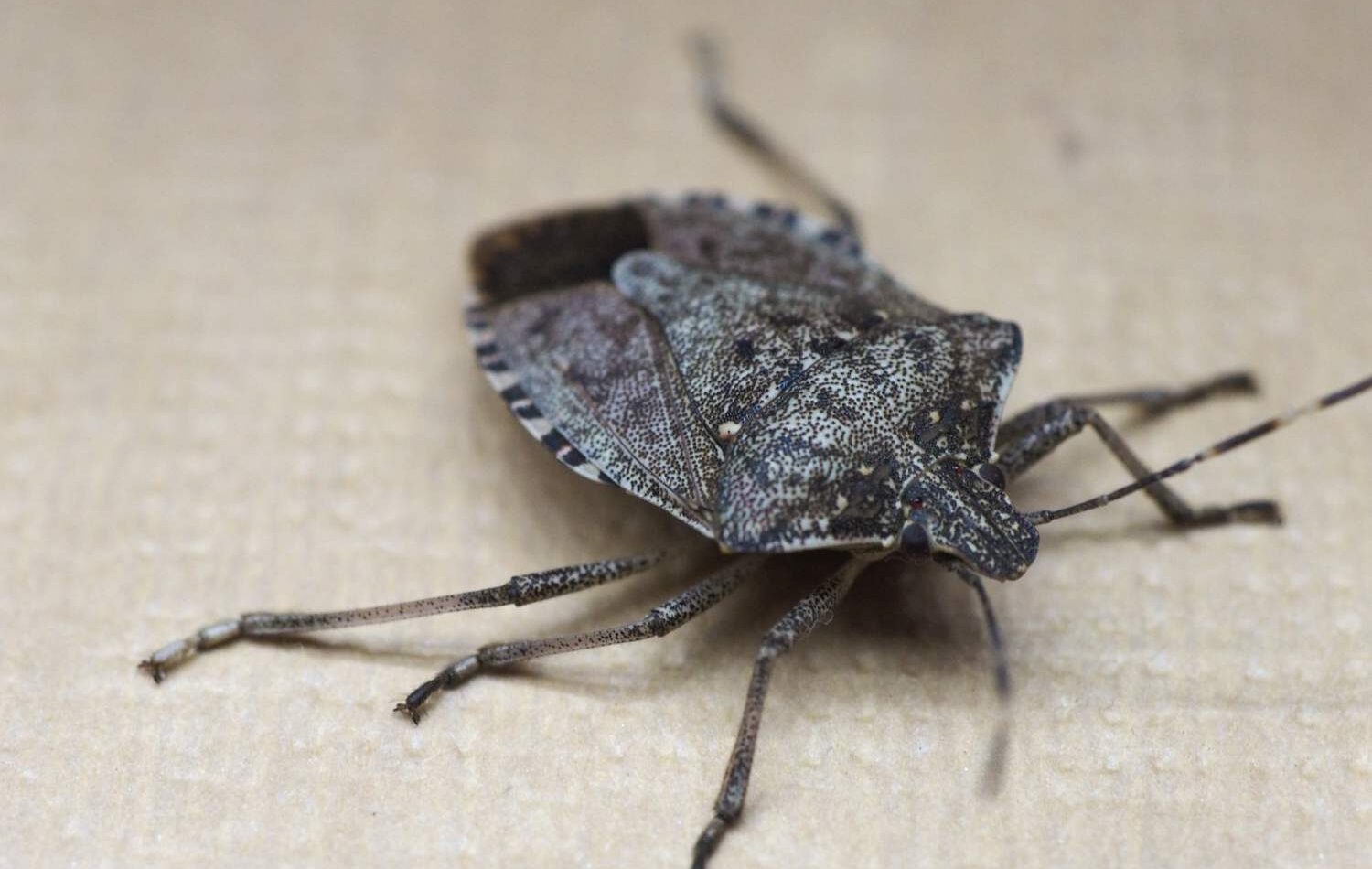As we approach the 2024-25 Brown Marmorated Stink Bug (BMSB) season, it’s crucial for businesses involved in importing goods to understand the stringent measures in place. These seasonal measures will apply to targeted goods manufactured in or shipped from target risk countries between 1 September and 30 April. The rules also extend to vessels that berth, load, or tranship from these countries during the same period.
Understanding the Shipping Date
The key date for compliance is the “shipped on board” date, as indicated on the Ocean Bill of Lading. This date determines when goods have been shipped and if they fall within the seasonal measures period. Ensuring accuracy with this date is vital to avoid any delays or non-compliance issues.
BMSB Measures for Goods
Goods classified under target high risk categories will require mandatory treatment before they can enter Australia. On the other hand, goods classified as target risk will undergo random inspection, which could potentially delay their clearance.
Mandatory Treatment for Target High-Risk Goods
If your goods fall into the target high-risk category, they must be treated by an approved treatment provider listed on the official List of Treatment Providers. It’s important to note that all target high-risk goods shipped as break bulk—including those on flat racks and in open-top containers—must be treated offshore before they arrive in Australia.
Target High-Risk Goods Classification
The following goods, categorized under specific tariff classifications, are considered target high risk and will require mandatory treatment for BMSB:
- 44: Wood and articles of wood; wood charcoal
- 45: Cork and articles of cork
- 57: Carpets and other textile floor coverings
- 68: Articles of stone, plaster, cement, asbestos, mica, or similar materials
- 69: Ceramic products (including sub-chapters I and II)
- 70: Glass and glassware
- 72: Iron and steel (including sub-chapters I, II, III, IV)
- 73: Articles of iron or steel
- 74: Copper and articles thereof
- 75: Nickel and articles thereof
- 76: Aluminium and articles thereof
- 78: Lead and articles thereof
- 79: Zinc and articles thereof
- 80: Tin and articles thereof
- 81: Other base metals; cermets; articles thereof
- 82: Tools, implements, cutlery, spoons, and forks, of base metal; parts thereof of base metal
- 83: Miscellaneous articles of base metals
- 84: Nuclear reactors, boilers, machinery, and mechanical appliances; parts thereof
- 85: Electrical machinery and equipment and parts thereof; sound recorders and reproducers, television image and sound recorders and reproducers, and parts and accessories of such articles
- 86: Railway or tramway locomotives, rolling-stock, and parts thereof; railway or tramway track fixtures and fittings and parts thereof; mechanical (including electro-mechanical) traffic signaling equipment of all kinds
- 87: Vehicles other than railway or tramway rolling-stock, and parts and accessories thereof
- 88: Aircraft, spacecraft, and parts thereof
- 89: Ships, boats, and floating structures
Target Risk Goods Classification
Goods falling under the following tariff classifications are categorized as target risk. While they do not require mandatory treatment, they will be subject to increased onshore intervention through random inspection:
- 27: Mineral fuels, mineral oils, and products of their distillation; bituminous substances; mineral waxes
- 28: Inorganic chemicals; organic or inorganic compounds of precious metals, of rare-earth metals, of radioactive elements, or of isotopes (including sub-chapters I, II, III, IV, and V)
- 29: Organic chemicals (including sub-chapters I, II, III, IV, V, VI, VII, VIII, IX, X, XII, and XIII)
- 38: Miscellaneous chemical products
- 39: Plastics and articles thereof (including sub-chapters I and II)
- 40: Rubber and articles thereof
- 48: Paper and paperboard; articles of paper pulp, paper, or paperboard
- 49: Printed books, newspapers, pictures, and other products of the printing industry; manuscripts, typescripts, and plans
- 56: Wadding, felt, and nonwovens; special yarns; twine, cordage, ropes, and cables, and articles thereof
Countries Classified as Target Risk
The following countries have been categorized as target risk for the BMSB season:
- Albania
- Andorra
- Armenia
- Austria
- Azerbaijan
- Belgium
- Bosnia and Herzegovina
- Bulgaria
- Canada
- China (heightened vessel surveillance only)
- Croatia
- Czechia
- France
- Japan (heightened vessel surveillance only)
- Georgia
- Germany
- Greece
- Hungary
- Italy
- Kazakhstan
- Republic of Korea (heightened vessel surveillance only)
- Kosovo
- Liechtenstein
- Luxembourg
- Montenegro
- Moldova
- Netherlands
- Poland
- Portugal
- Republic of North Macedonia
- Romania
- Russia
- Serbia
- Slovakia
- Slovenia
- Spain
- Switzerland
- Türkiye
- Ukraine
- United States of America
- Uzbekistan
Approved BMSB Treatment Measures
To mitigate the BMSB risk, there are three approved treatment options:
- Heat Treatment: Applicable for all goods types and sizes, with a minimum requirement of 56°C or higher at the coldest surface of the goods, sustained for at least 30 minutes.
- Methyl Bromide:
- A dose of 24 g/m³ or above at 10°C or higher for a minimum of 12 hours (but less than 24 hours), with a minimum endpoint reading of 12 g/m³.
- Alternatively, a dose of 24 g/m³ or above at 10°C or higher for 24 hours or longer, with a minimum endpoint reading of 8 g/m³.
- Sulfuryl Fluoride:
- A dose of 24 g/m³ or above at 10°C or higher for a minimum of 12 hours (but less than 24 hours), with a minimum endpoint reading of 12 g/m³.
- Alternatively, a dose of 24 g/m³ or above at 10°C or higher for 24 hours or longer, with a minimum endpoint reading of 8 g/m³.
Need Assistance?
If you have any questions or need further clarification, our Customs Brokerage team at BR International is ready to assist. We’re here to ensure that your goods comply with the BMSB measures and reach their destination without any issues.
Thank you for choosing BR International. Let’s make this BMSB season a smooth one for your business!



